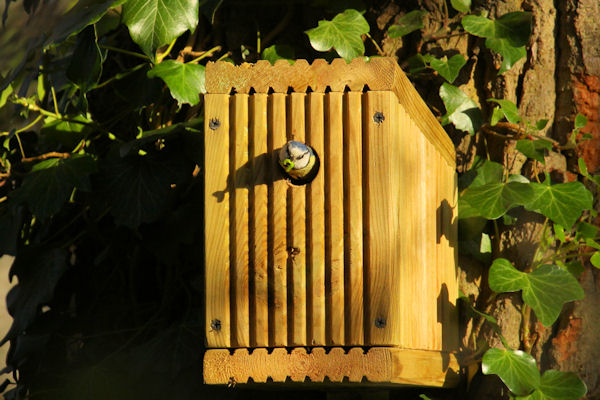Goldcrest
The Goldcrest has been giving me the run-a-round. It never stops moving or fidgeting and seemingly never comes out into the open to allow a clear shot. Winter is the best opportunity to get a picture as the leafy trees of spring and summer make the job almost impossible.
It is not especially camera shy and can often be approached quite closely, but its incessant movement and tendency to turn away from the shot at the critical moment has caused me to curse it many a time. This individual was feeding in the brambles near the Gore Court Rd gate.
They are more usually associated with conifers, but have been seen regularly in deciduous Bicknor Wood during previous winters. I wouldn't care to speculate the gender of this bird. Male and female look very similar and both have the bright yellow crown stripe, but the male has a deeper orange flash within the yellow that he keeps hidden until he wants to show off in spring. Perhaps we will find out then. To my knowledge, they are most frequently seen in Bicknor Wood during the winter. This may be on account of continental birds migrating in to swell British numbers, Bicknor birds returning to preferred breeding habitat in coniferous woodland, or because they are so small (Europe's smallest bird) and invisible when they are up in the canopy.
For more on the Goldcrest, visit the RSPB page on this link or eBird.org on this link.
Cont'd....
A couple of days later and with the advantage of a lower angle, the rear of the crown seems to have a much deeper hue. I would suggest that this is a male bird.









Comments
Post a Comment